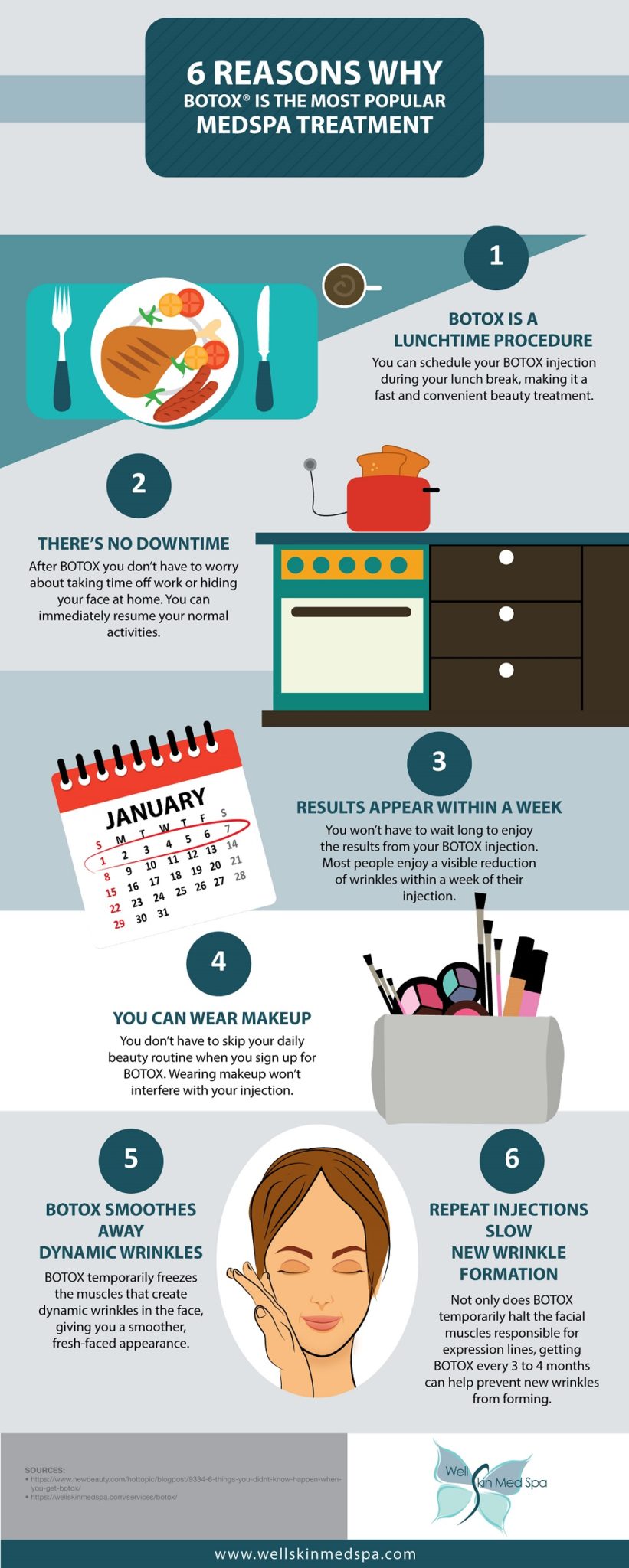How Does SMILE Eye Surgical Treatment Compare To LASIK And PRK?
How Does SMILE Eye Surgical Treatment Compare To LASIK And PRK?
Blog Article
Post Produced By-McElroy Kerr
If you have actually been thinking about SMILE eye surgery, you may question exactly how it stacks up against LASIK and PRK. Each procedure has its own set of advantages and considerations. From quicker recovery times to potential dangers, there are crucial distinctions you ought to be aware of before deciding. Comprehending these differences will help you make an informed choice that straightens with your specific needs and assumptions. Curious to know even more concerning exactly how these procedures compare thoroughly? Continue exploring to gain an extensive understanding of SMILE, LASIK, and PRK.
SMILE Eye Surgical Treatment Summary
If you're thinking about SMILE eye surgical procedure, you'll discover it to be a minimally invasive procedure with a quick healing time. During SMILE (Little Incision Lenticule Removal), a laser is used to develop a small, exact cut in the cornea to remove a little piece of tissue, reshaping it to correct your vision. This varies from LASIK, where a flap is created, and PRK, where the external layer of the cornea is entirely gotten rid of.
Among the essential benefits of SMILE is its minimally invasive nature, leading to a faster healing process and less pain post-surgery. The recuperation time for SMILE is reasonably fast, with numerous individuals experiencing boosted vision within a day or more. This makes it a prominent option for those seeking a convenient and efficient vision modification treatment. Additionally, SMILE has been revealed to have a lower threat of completely dry eye disorder contrasted to LASIK, making it a positive option for people worried concerning this potential negative effects.
Differences Between SMILE, LASIK, and PRK
When comparing SMILE, LASIK, and PRK eye surgeries, it is very important to understand the distinctive strategies used in each procedure for vision improvement.
SMILE (Small Incision Lenticule Removal) is a minimally invasive treatment that entails creating a tiny laceration to remove a lenticule from the cornea, improving it to correct vision.
LASIK (Laser-Assisted In Situ Keratomileusis) involves producing a thin flap on the cornea, making use of a laser to improve the underlying tissue, and after that rearranging the flap.
PRK (Photorefractive Keratectomy) eliminates the external layer of the cornea prior to reshaping the tissue with a laser.
The main distinction depends on the method the cornea is accessed and treated. SMILE is flapless, making it a good alternative for individuals with slim corneas or those associated with get in touch with sporting activities. LASIK uses fast visual recovery due to the flap creation, but it may pose a greater danger of flap-related complications. PRK, although having a much longer healing duration, avoids flap-related issues altogether.
Understanding these differences is crucial in selecting one of the most ideal procedure for your vision correction demands.
Benefits And Drawbacks Contrast
To review the advantages and downsides of SMILE, LASIK, and PRK eye surgeries, it's essential to take into consideration the certain advantages and potential limitations of each procedure. SMILE surgical treatment uses the benefit of a minimally intrusive procedure, with a smaller laceration and potentially quicker recuperation time compared to LASIK and PRK. It also lowers the danger of completely dry eye post-surgery, a common negative effects of LASIK. Nevertheless, SMILE might have limitations in treating higher degrees of myopia or astigmatism compared to LASIK.
LASIK surgical treatment provides rapid visual recuperation and minimal discomfort during the treatment. hop over to this website 's very effective in treating a vast array of refractive errors, including myopia, hyperopia, and astigmatism. Yet, LASIK carries a threat of flap problems, which can affect the corneal structure.
PRK eye surgical treatment, while not as prominent as LASIK, avoids producing a corneal flap, lowering the danger of flap-related issues. It's suitable for individuals with thin corneas or irregular corneal surfaces. However, cataract surgery at 45 has a longer healing time and might include more discomfort during the healing process.
Final thought
So, when it concerns choosing in between SMILE, LASIK, and PRK, consider it like selecting the ideal pair of shoes. click the up coming website page resembles a sleek, comfortable pair of tennis shoes - fast and very easy.
LASIK is more like trendy high heels - flashy and fast, yet with some prospective risks.
PRK is like tough treking boots - trusted and sturdy, however calling for a little bit more time and effort.
Eventually, the most effective selection relies on your individual demands and preferences.
